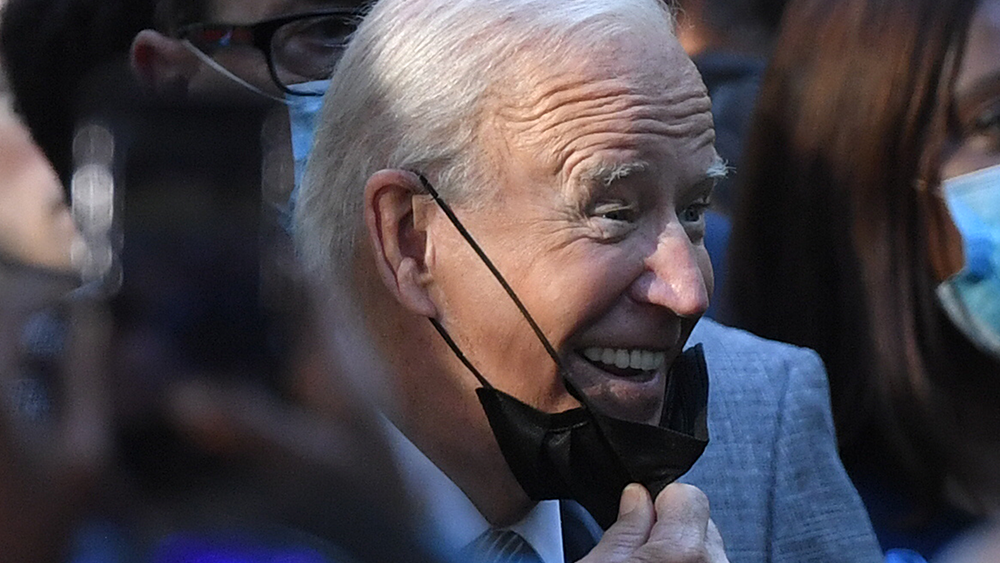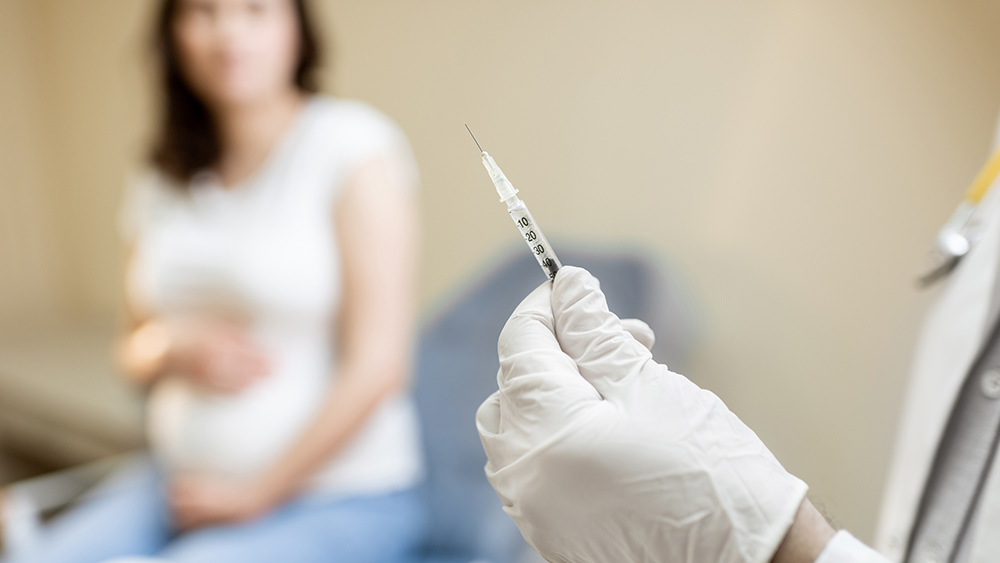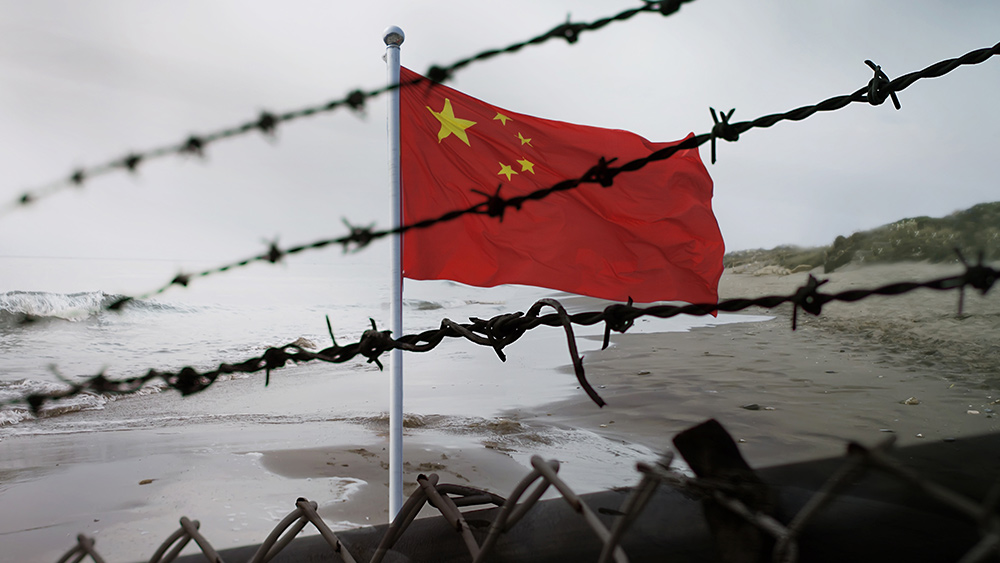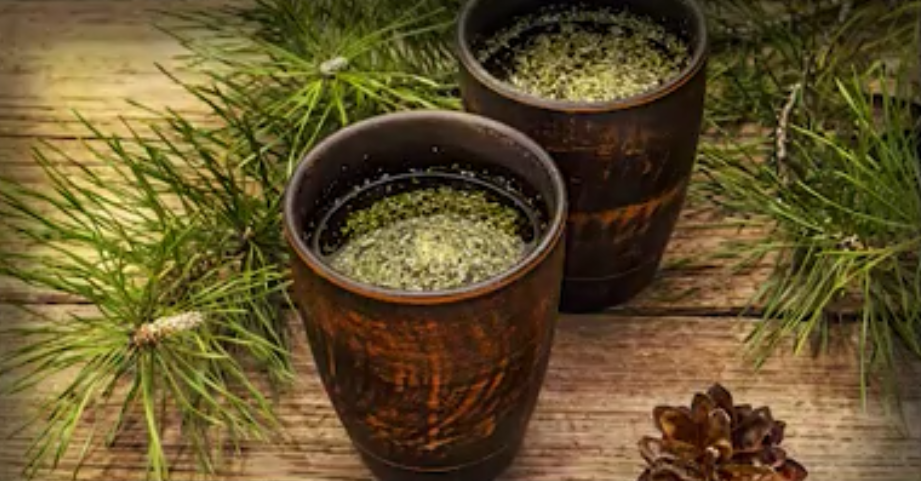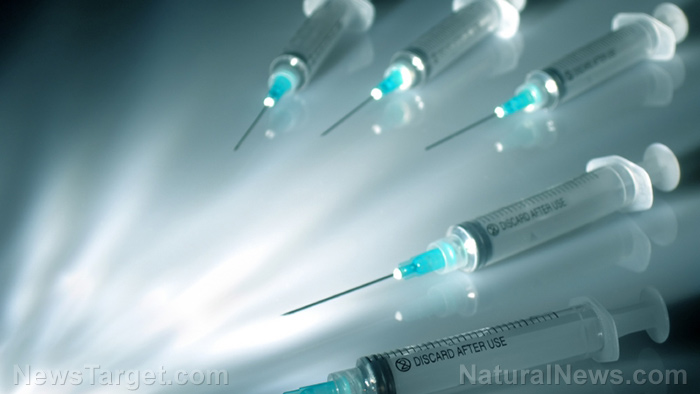FDA warns against ivermectin to treat covid, but India uses it successfully for health care workers
03/10/2021 / By Lance D Johnson
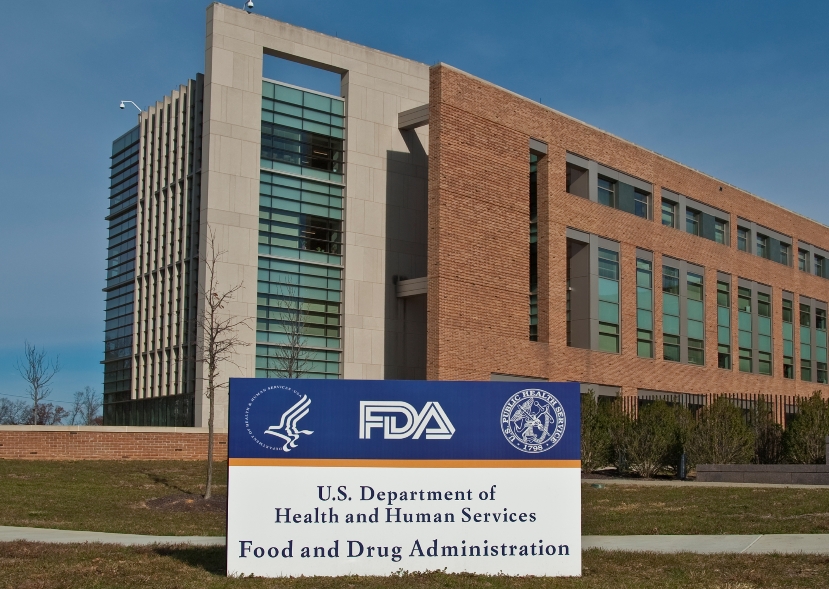
The Food and Drug Administration (FDA) is the official gatekeeper of medicine in the United States. When it comes to the business of saving lives, the FDA is the all-important, central authority that controls the general direction of hospital systems pertaining to pharmaceutical distribution and drug regulation. The FDA approval process favors vaccine and drug development, while suppressing various antivirals and nutrients that can help mitigate viral load and prevent viral attachment and replication. This biased regulatory environment, driven by pharmaceutical profits, is the reason why hospital systems are so handicapped when it comes to helping patients overcome infections, and why ventilators are so heavily relied upon, with poor results.
Even though there is plentiful published science on the antiviral effects of various phytochemicals, over-the-counter drugs and herbal preparations, the FDA refuses to approve these remedies to help sick patients. The FDA currently warns against using ivermectin to treat covid, but other countries are using it with success. Ivermectin is a common agricultural drug that is used as a de-wormer for cats, dogs, horses and other livestock. The drug is FDA-approved in humans to treat intestinal strongyloidiasis and onchocerciasis, two conditions caused by parasitic worms, but it is not approved as a covid-19 treatment in the United States. However, India is using the drug on healthcare workers, with great results. Florida doctors are also using the drug with great results.
Ivermectin stops viral replication and is used successfully in India
In India, ivermectin was studied in vitro, with remarkable results. Ivermectin achieves a 5,000-fold reduction in replication of SARS-CoV-2 virus within 48 hours. A single dose of ivermectin achieved a 93 percent reduction of viral RNA was in just 24 hours. Healthcare workers in India use the drug with great success. Ivermectin outperformed vitamin C and hydroxychloroquine, and was most potent after two doses. The anti-viral properties of ivermectin have already been documented for inhibiting HIV replication. The drug’s success against covid-19 is telling, for the original bio-weapon strain of SARS-CoV-2 uses HIV components as part of its infection and replication pathogenesis.
The results mirror the results of a randomized trial conducted at the University of Egypt. In that study, 58.5% of the 101 healthcare workers in the control developed symptoms after the 14-day enrollment period. The group that received ivermectin only developed symptoms at a rate of 7.4%, showing promising results.
Doctors practicing in Florida put the drug to the test at Broward Health Hospitals between March 15 and May 11, 2020. The drug was studied on two hundred eighty patients, 173 treated with ivermectin and 107 without ivermectin. All the patients also received hydroxychloroquine, azithromycin, or both at the discretion of the attending physician. Patients who were treated with ivermectin as part of the protocol were more likely to survive the hospital stay. Ivermectin treatment was associated with lower mortality during treatment of COVID-19, especially in patients with severe pulmonary involvement.
The FDA has not released any guidance on ivermectin use for covid-19. People are purchasing the drug at farm supply stores and self-medicating with high doses that are intended for treatment of large livestock such as cattle and horses. The FDA has received multiple reports of ivermectin overdose that requires medical support. The FDA warns that ivermectin products for animals are different than formulations approved for human consumption. The active ingredient might be the same, but the inactive ingredients may be absorbed differently in humans compared to animals. If taken incorrectly, the drug may cause low blood pressure, seizures, nausea, vomiting and other allergic reactions like dizziness and hives.
In India, the hospitals give their staff and students clear advice on how to use ivermectin. Because the drug has a long history of clinical use, a favorable safety profile, and has been studied in vitro as a prophylactic agent for COVID-19, hospitals advise doctors and nurses to use it to prevent infection. On day one, they recommend a dose of 300 ?g/kg body weight, followed by a second dose seventy-two hours later, and a subsequent dosing schedule occurring every 30 days. Pregnant or conceiving women are not advised to take the drug.
Why are American hospitals so handicapped treating infectious disease when there is so much science available on antivirals, adaptogens and phytonutrients?
With billions of dollars being thrown around for vaccine and drug research, why won’t the FDA come up with a few million dollars and commission more research on preventatives, adaptogens, and antivirals like ivermectin, zinc, vitamin D, licorice root, sweet wormwood and eleutheroside B (from Siberian ginseng), to name a few. In studies, eleutheroside B inhibits the influenza virus via the chemokine signaling pathway, cytokine-cytokine receptor interactions, N-glycan biosynthesis, and RNA polymerase. Studies on licorice root document the plant’s amazing antiviral design, which includes 20 triterpenoids and nearly 300 flavonoids which possess pharmacological activities, that include antiviral, antimicrobial, anti-inflammatory, anti-tumor and other activities. Artemisinin is derived from extracts of sweet wormwood (Artemisia annua), another medicinal herb. Like hydroxychloroquine, artemisinin is a powerful treatment for malaria and shows antiviral activity against covid-19. Like ivermectin, artemisinin is also an effective treatments for parasitic infections such as schistosomiasis.
The FDA’s suppression of ivermectin as a covid-19 treatment is the tip of the iceberg, as so many powerful phytochemicals are waiting to be used to heal people with respiratory illness. Hospital systems are operating in a stone age when it comes to understanding science and infectious disease. Covid-19 could be the catalyst of change, the turning point for the medical system, or it could further the system’s apocalypse.
Sources include:
Submit a correction >>
Tagged Under:
adaptogens, antivirals, artemesinin, coronavirus, COVID, disease prevention, eleutherosides, FDA, guidance, India, ivermectin, licorice root, medical response, outbreak, phytonutrients, prophylactic, treatments, viral attachment, viral load, viral replication
This article may contain statements that reflect the opinion of the author
RECENT NEWS & ARTICLES
Pandemic.News is a fact-based public education website published by Pandemic News Features, LLC.
All content copyright © 2018 by Pandemic News Features, LLC.
Contact Us with Tips or Corrections
All trademarks, registered trademarks and servicemarks mentioned on this site are the property of their respective owners.





